베트남의 번화한 수도인 하노이는 지하철 시스템 개발로 교통 혁명을 겪고 있습니다. 특히, 2024년 8월 8일, Nhon-Hanoi 역 고가 지하철 노선이 개통하면서 도시의 대중교통 개발에 중요한 이정표가 되었습니다. 이 야심 찬 프로젝트는 도시의 대중교통 환경을 변화시키고 경제 성장을 촉진할 것입니다. 이 기사에서 B&Company는 하노이 지하철 노선의 현재 상태를 살펴보고 이 인프라 개발의 광범위한 이점을 분석하고자 합니다.
하노이의 지하철 시스템: 현재 상태 및 진행 상황
도시 철도 시스템은 하노이 교통 인프라 네트워크의 "중추"로 간주됩니다. 현재까지 몇몇 도시 철도 노선이 운행 중이며, 2A 노선인 Cat Linh-Ha Dong은 12개 역이 있는 13km 노선으로 2021년 11월부터 운행 중이며 하루에 약 35,000명의 승객을 수송합니다.[1]2024년 8월 8일, 유럽 표준에 따라 설계되고 첨단 기술을 사용하는 8.5km의 Nhon-Hanoi 역 고가 지하철 노선이 개통되어 서부 교외와 도심을 연결함으로써 도시의 대중교통 개발에 있어 중요한 이정표가 되었습니다.
Nhon – Hanoi 역 노선. 출처: 친푸.vn
계획 또는 준비 단계에 있는 다른 지하철 노선으로는 2호선, 구간 Tran Hung Dao – Thuong Dinh(2.2호선)이 있으며, 약 6km에 6개 역이 있고, 2호선, 구간 Nam Thang Long – Noi Bai(2.3호선)가 약 19.65km에 12개 역과 1개 차량기지가 있으며, 8호선, Son Dong – Mai Dich – Duong Xa가 약 37km에 26개 역과 2개 차량기지가 있습니다.[2]. 이 다가오는 지하철 노선은 하노이가 포괄적이고 효율적인 대중 교통망을 구축한다는 목표에 더 가까이 다가갈 수 있도록 할 것입니다.
지하철 노선 개발의 이점
도시 철도는 하노이에 많은 혜택을 가져다 줄 것으로 평가된다. 첫째로, 현대식 지하철 시스템의 도입은 하노이의 대중교통을 혁신할 것입니다. 개인 차량에 대한 안정적이고 효율적이며 편안한 대안을 제공함으로써 지하철 노선은 교통 체증을 상당히 줄이고 대기 질을 개선할 것으로 기대됩니다. 예를 들어, 하노이 철도 회사의 2024년 조사에 따르면, Cat Linh-Ha Dong 도시 철도 노선 2A의 운영 효율성이 이를 입증했으며, 60%의 승객이 오토바이를 버리고 Cat Linh-Ha Dong 지하철을 탔습니다. 또한, 추정에 따르면[3], 개인 차량으로 100만 번 이동할 때마다 지하철로 전환하면 도로에서 교통 참여 시간이 487,000시간 감소하여 배출량과 교통 체증을 줄이는 데 도움이 됩니다. 앞으로 하노이 도시 철도망이 완성되면 대중 교통을 이용하는 사람의 비율이 35-45%로 증가하여 교통에서 개인 차량 사용자의 시장 점유율이 30%로 감소할 것으로 예상됩니다.[4].
Cat Linh – Ha Dong 2A 노선. 출처: https://kinhtedothi.vn/du-an-duong-sat-cat-linh-ha-dong-don-luc-de-ve-dich.html
둘째, 지하철 노선은 하노이의 경제 성장을 위한 촉매 역할을 할 것으로 예상되며, 노선을 따라 상업 및 주거 개발의 새로운 허브를 만들어낼 것입니다. 이러한 현상은 교통 지향 개발(TOD)로 알려져 있습니다.[5], 지역 경제와 부동산 가치를 크게 높일 수 있습니다. 구체적으로 국회는 2025년 1월 1일부터 발효되는 개정된 수도법을 통과시켜 TOD 모델에 따라 하노이의 도시 철도에 투자할 수 있도록 했습니다. 이 모델은 이 지역과 선진국에서 일반적으로 사용되어 현대성, 동기화, 지속 가능성을 보장합니다. 지상 교통 시스템의 부하를 줄이고 개인 차량의 배출가스를 줄임으로써 환경 보호에 기여합니다. 예를 들어 싱가포르는 TOD 원칙에 따라 대중 고속 교통(MRT)을 설계하여 허브에 혼합 용도의 교통 중심 커뮤니티를 클러스터링하여 개인 차량 사용을 줄였습니다. 또한 도쿄의 광범위한 철도 네트워크는 역 노드를 중심으로 한 작고 걷기 편한 동네를 조성하여 확산을 최소화하면서 성장을 수용할 수 있도록 했습니다.
셋째, 지하철 노선은 교외 지역과 도심 간의 격차를 메워 외곽 지역을 주거 개발에 더 매력적으로 만들 수 있습니다. 이를 통해 도심의 주택 압박을 완화하고 하노이 주민들에게 더 저렴한 옵션을 제공할 수 있습니다. 이는 덴마크 코펜하겐에서도 입증되었습니다. 2019년 지하철 시티링겐이 개통되면서 이미 부동산 추세에 영향을 미쳤습니다. 이전에는 연결성이 좋지 않아 덜 선호되었던 지역에 개발자와 주택 구매자 모두 관심이 증가했습니다. 새로 연결된 일부 교외 지역에서는 지하철 확장 이후 부동산 가치가 최대 5-10%까지 상승했습니다.
시야
도시철도의 상당한 이점을 감안하여 하노이 인민위원회는 2035년까지 전체 도시철도망을 완성하는 목표를 설정했습니다.[6], 총 길이는 약 397.8km입니다. 또한 하노이는 2045년까지 총 $550억 이상의 투자로 약 600km의 도시 철도 노선을 운영할 계획입니다.[7]. 이 광범위한 인프라 개발 외에도 하노이는 대중 승객 운송의 모달 점유율을 높이기 위해 노력하고 있습니다. 이 도시는 2035년까지 대중 교통 비율을 50-55%로 달성하고 2035년 이후에는 65-75%라는 야심찬 목표를 달성하는 것을 목표로 합니다.[8].
결론적으로 하노이 지하철 시스템의 개발은 도시의 대중교통 인프라와 경제적 환경을 혁신하는 단계를 나타냅니다. 네트워크가 확장되고 더 많은 노선이 운행됨에 따라 하노이는 효율적인 대중교통이 도시 이동성의 중추를 형성하는 글로벌 도시의 대열에 합류할 준비가 되었습니다. 지하철 노선은 수백만 명의 통근을 용이하게 할 뿐만 아니라 경제 성장을 촉진하고 부동산 역학을 재편하며 앞으로 여러 세대에 걸쳐 더 푸르고 살기 좋은 도시에 기여할 것입니다.
참고문헌
[1] https://consosukien.vn/ha-noi-day-manh-phat-trien-duong-sat-do-thi.htm
[2] https://vneconomy.vn/mo-co-che-vuot-troi-ha-noi-khong-de-he-thong-metro-that-hen.htm
[3] https://laodongthudo.vn/phu-kin-duong-sat-do-thi-de-ha-noi-van-minh-hien-dai-174902.html
[4] https://consosukien.vn/ha-noi-day-manh-phat-trien-duong-sat-do-thi.htm
[5] 대중교통을 중심으로 하는 도시 개발 모델은 사람들이 환승센터와 도시 철도역에 접근할 때의 접근성과 편의성을 높여 개인차량 사용의 필요성을 최소화하고, 사람들이 대중교통을 이용하도록 장려하며, 지속 가능하고 환경 친화적인 도시 지역을 조성합니다.
[6] https://consosukien.vn/ha-noi-day-manh-phat-trien-duong-sat-do-thi.htm
[7] 수도 도시철도 프로젝트(Dề án DUờng sắt đô thị Thủ đô)
[8] https://suckhoedoisong.vn/duong-sat-do-thi-se-giai-duoc-bai-toan-tac-duong-va-o-nhiem-o-ha-noi-169240703083624155.htm
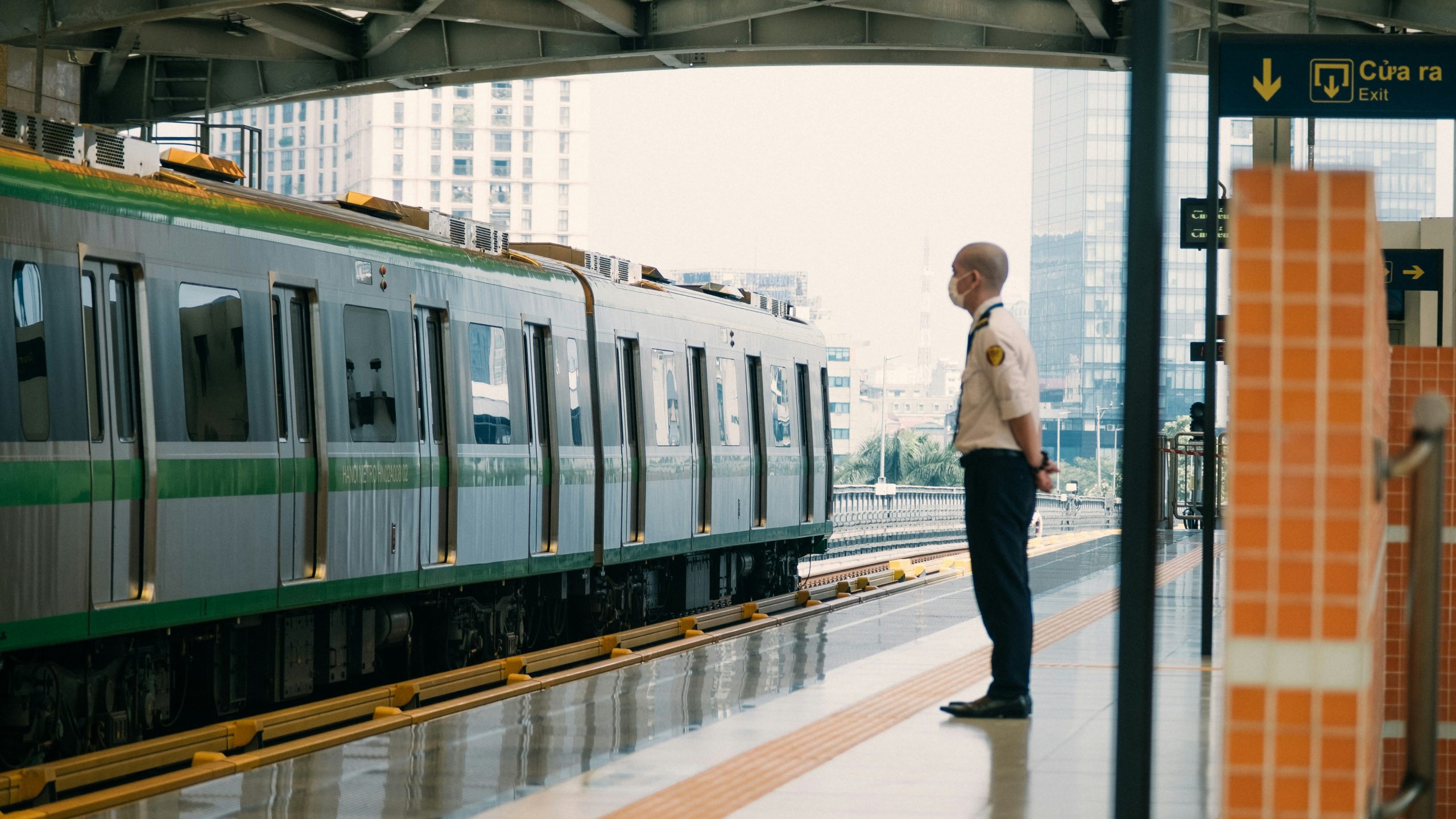
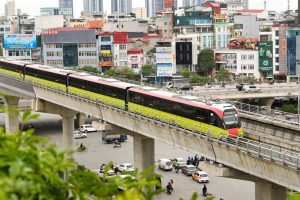
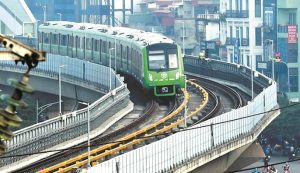
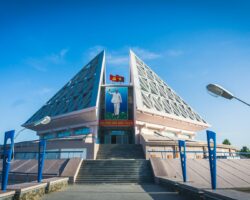






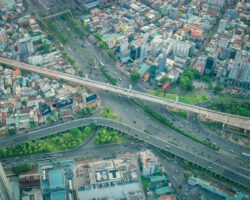


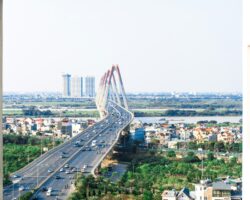



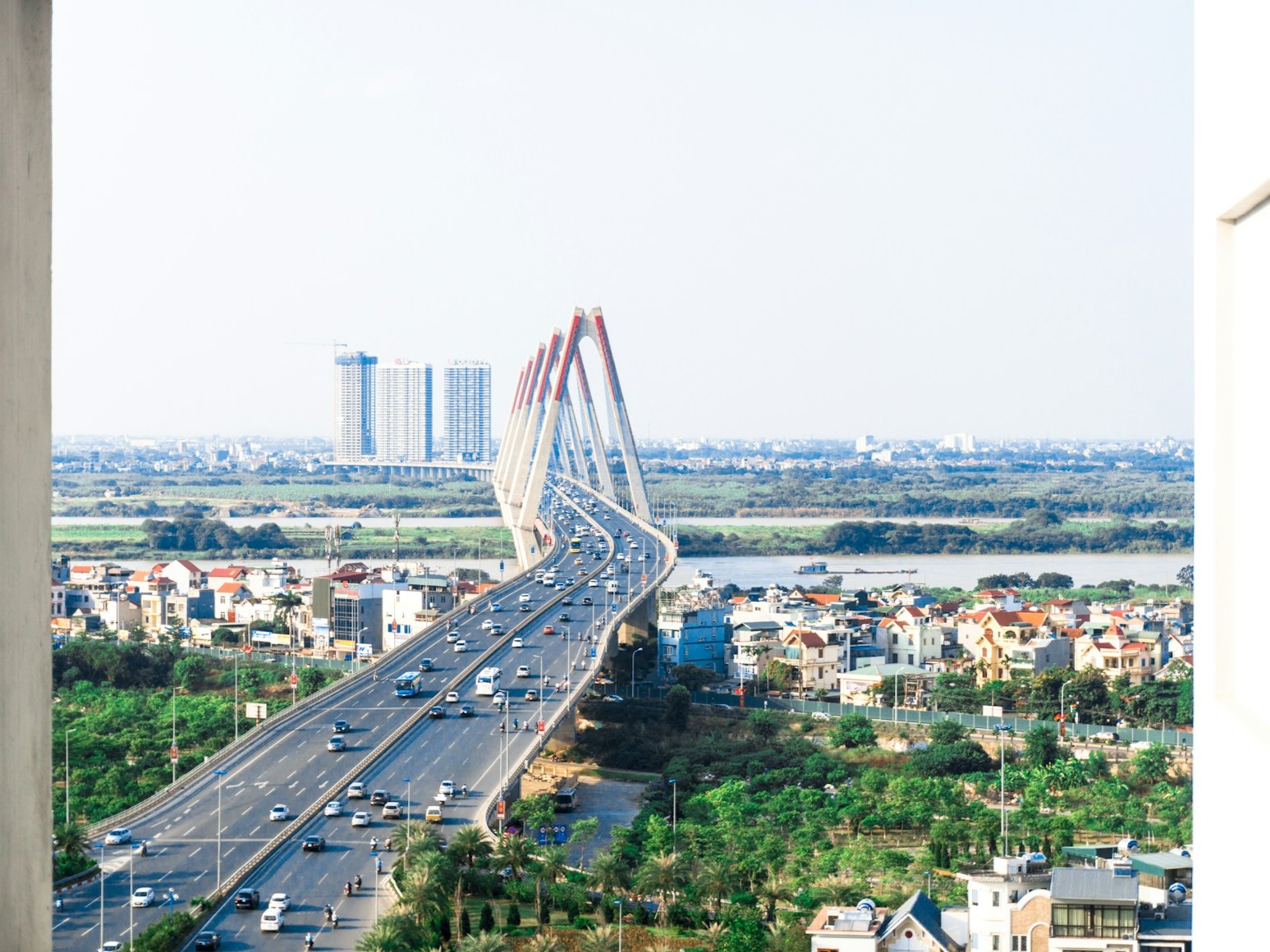


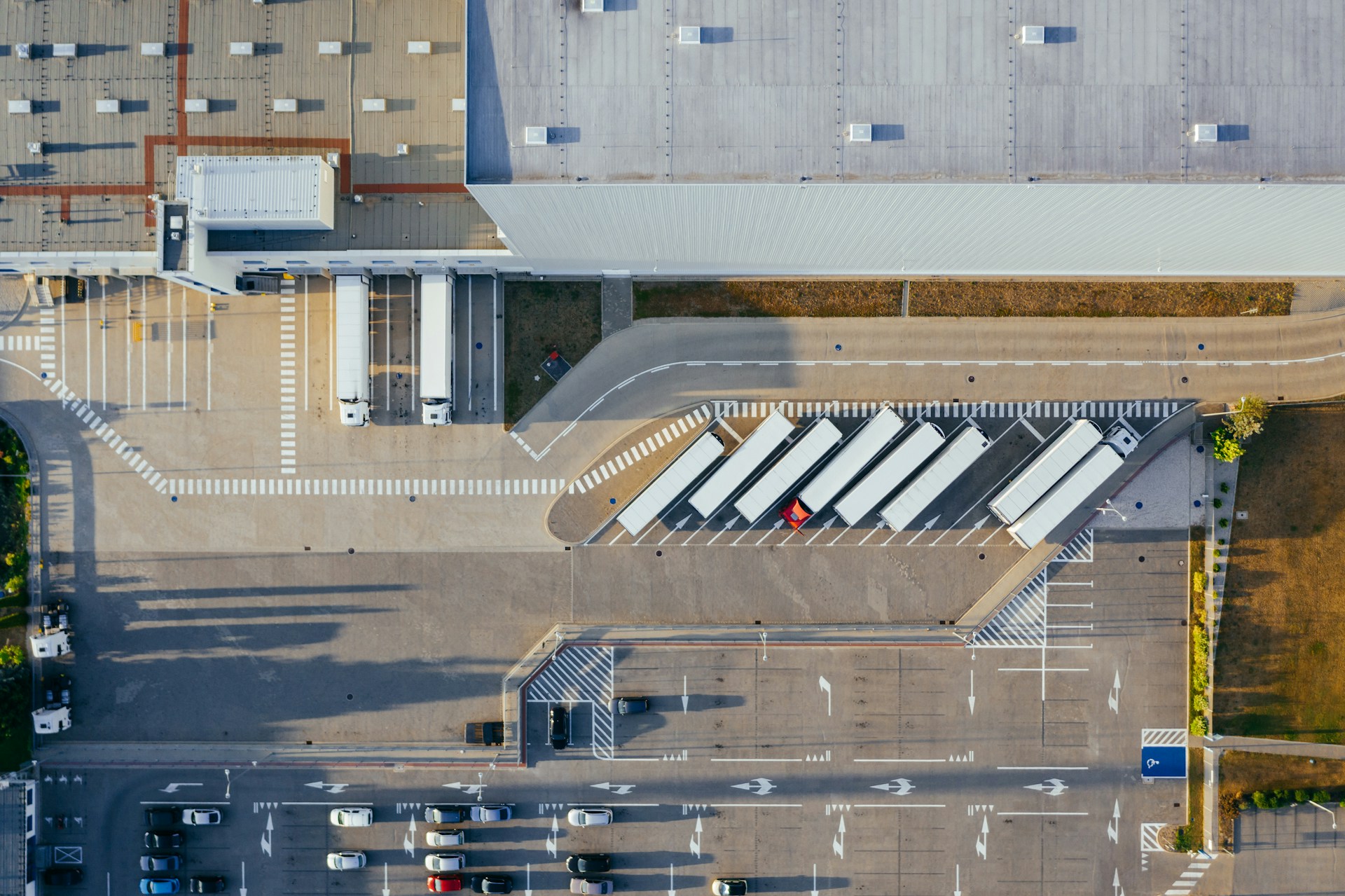
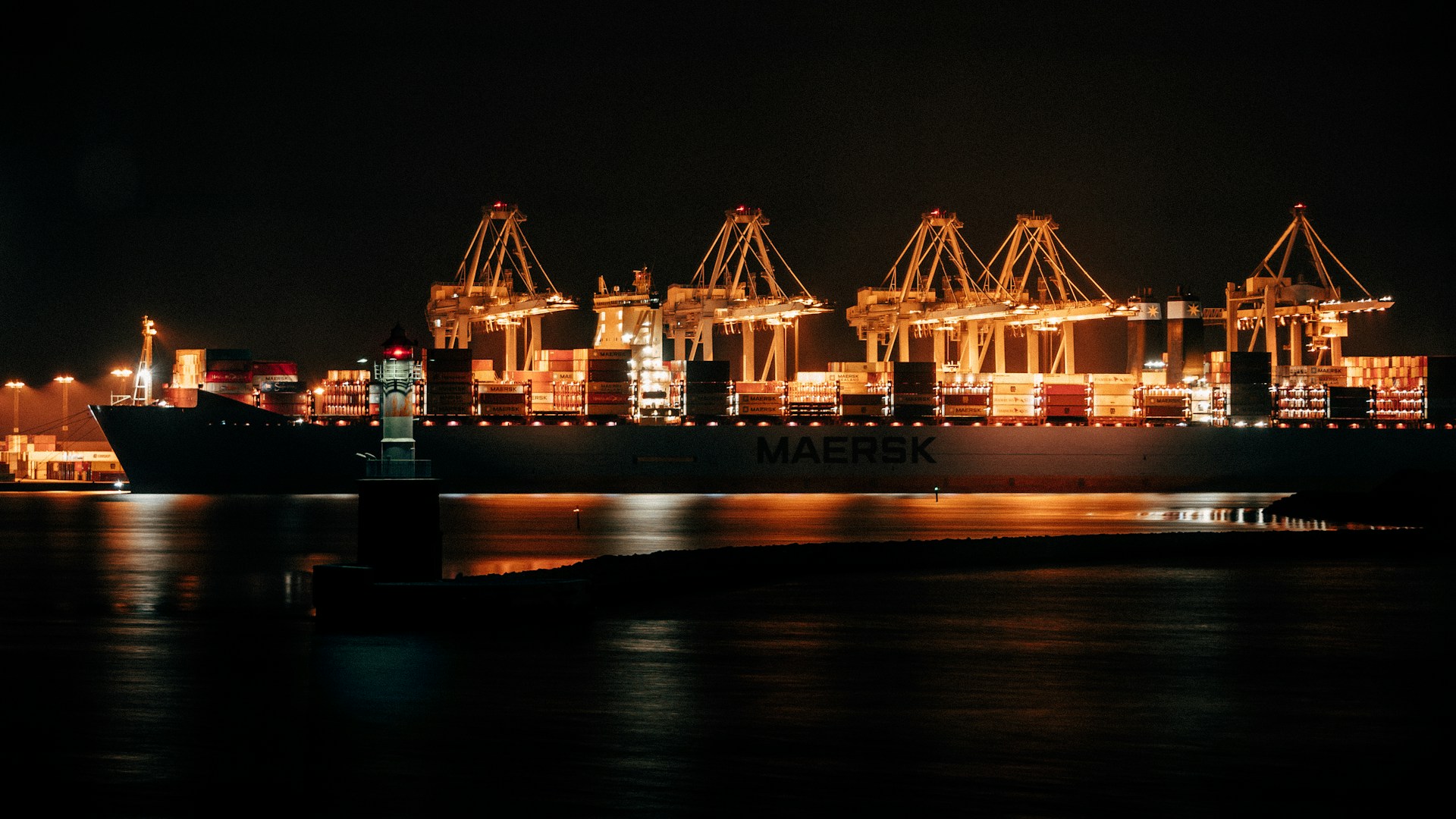

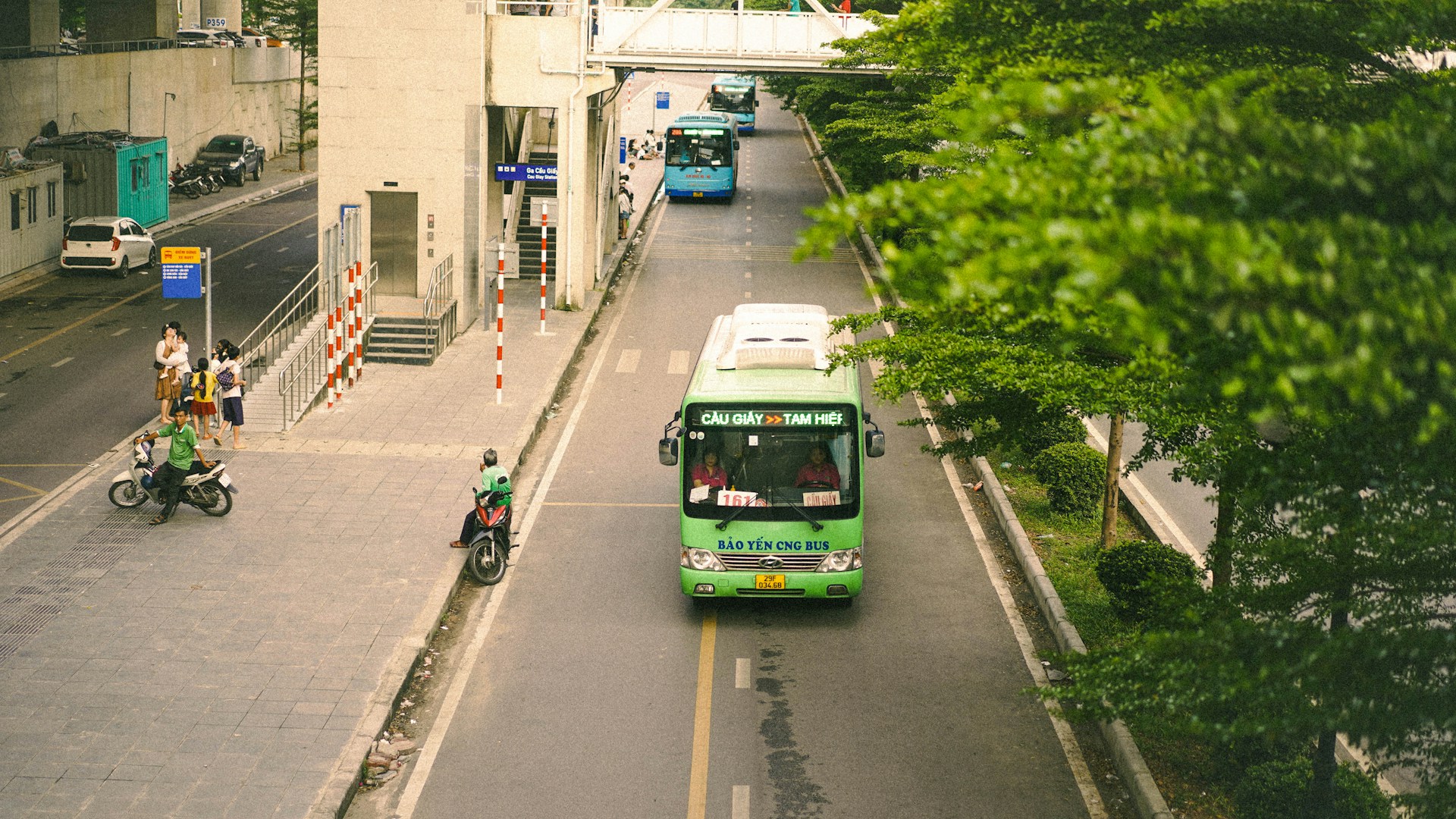
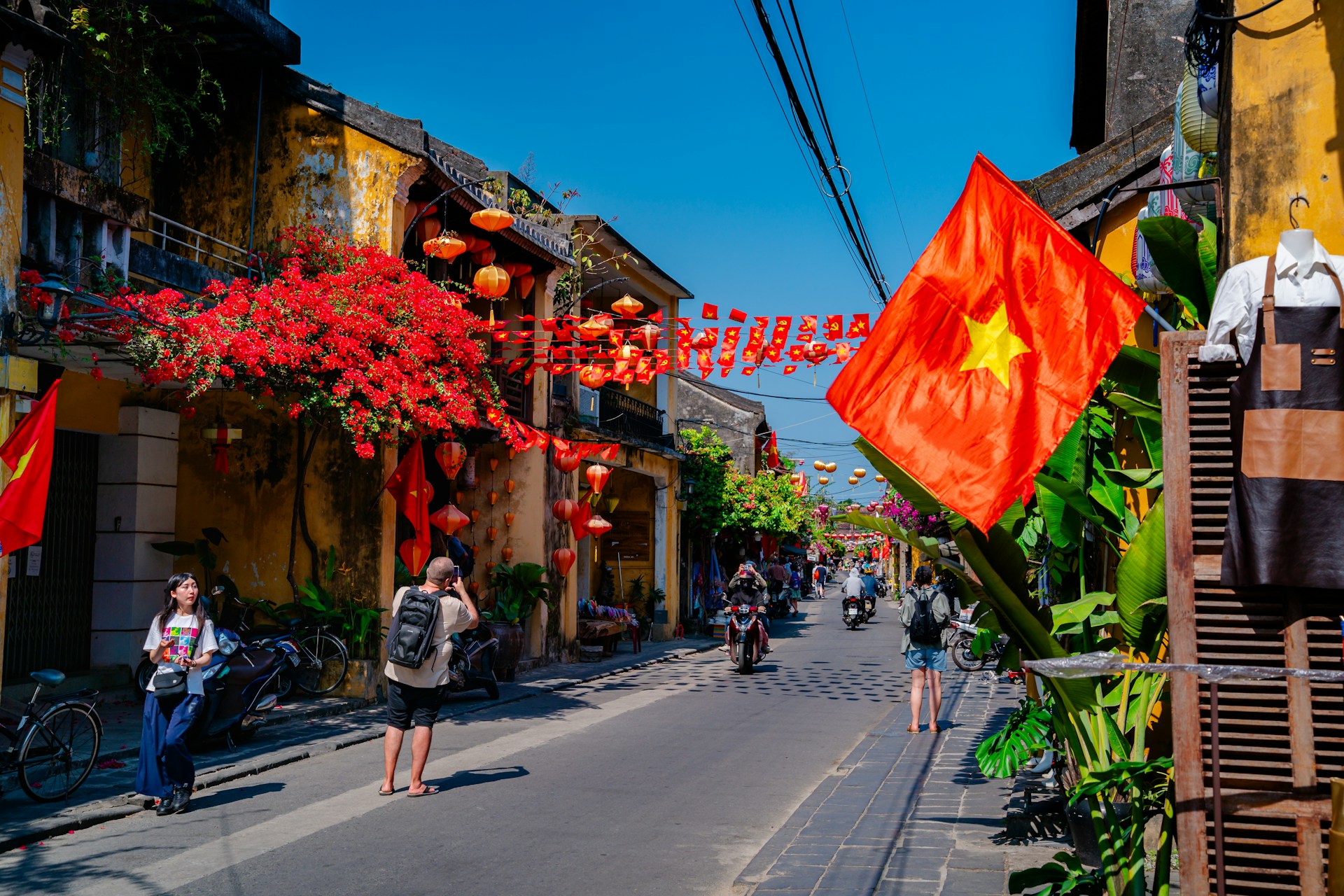

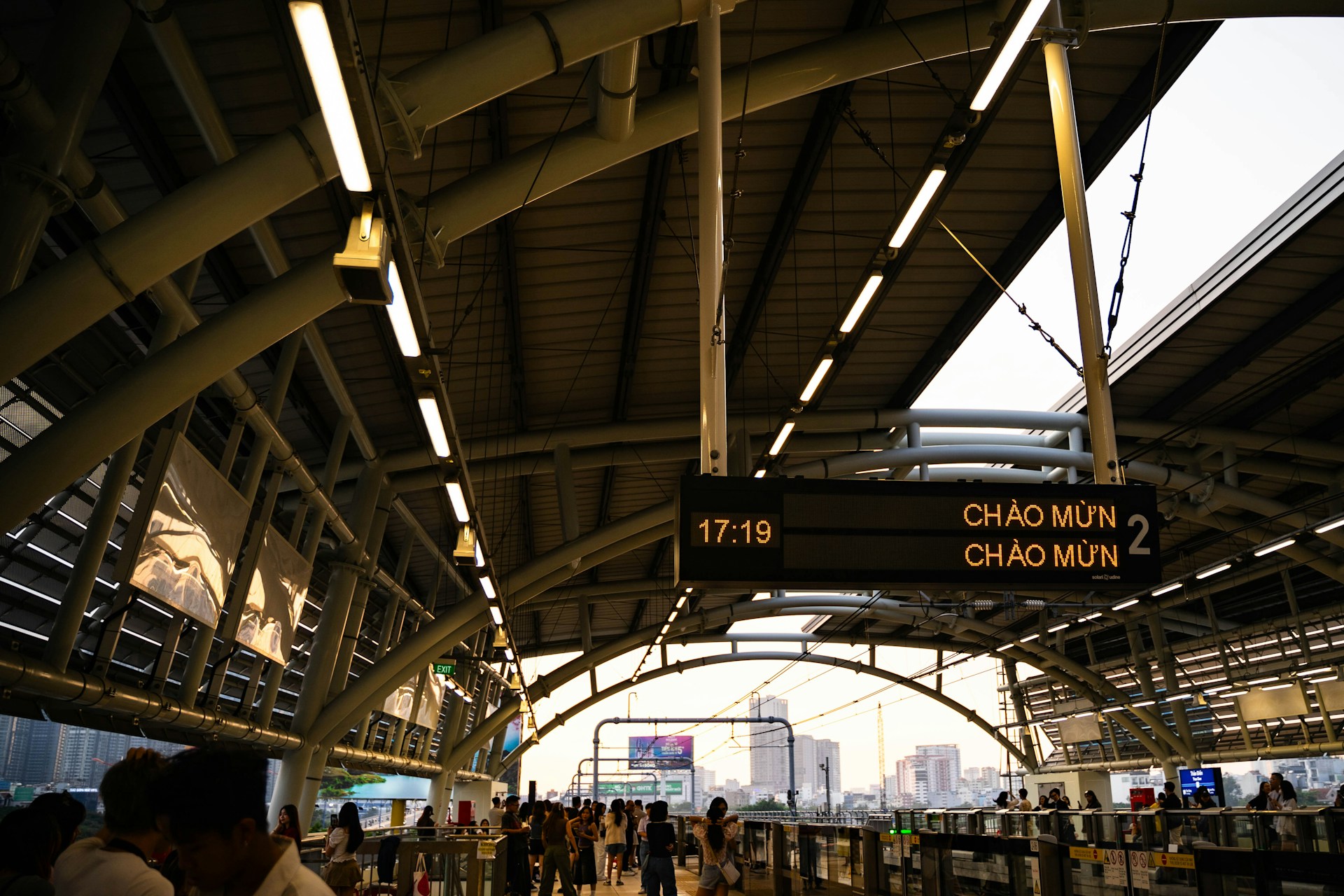
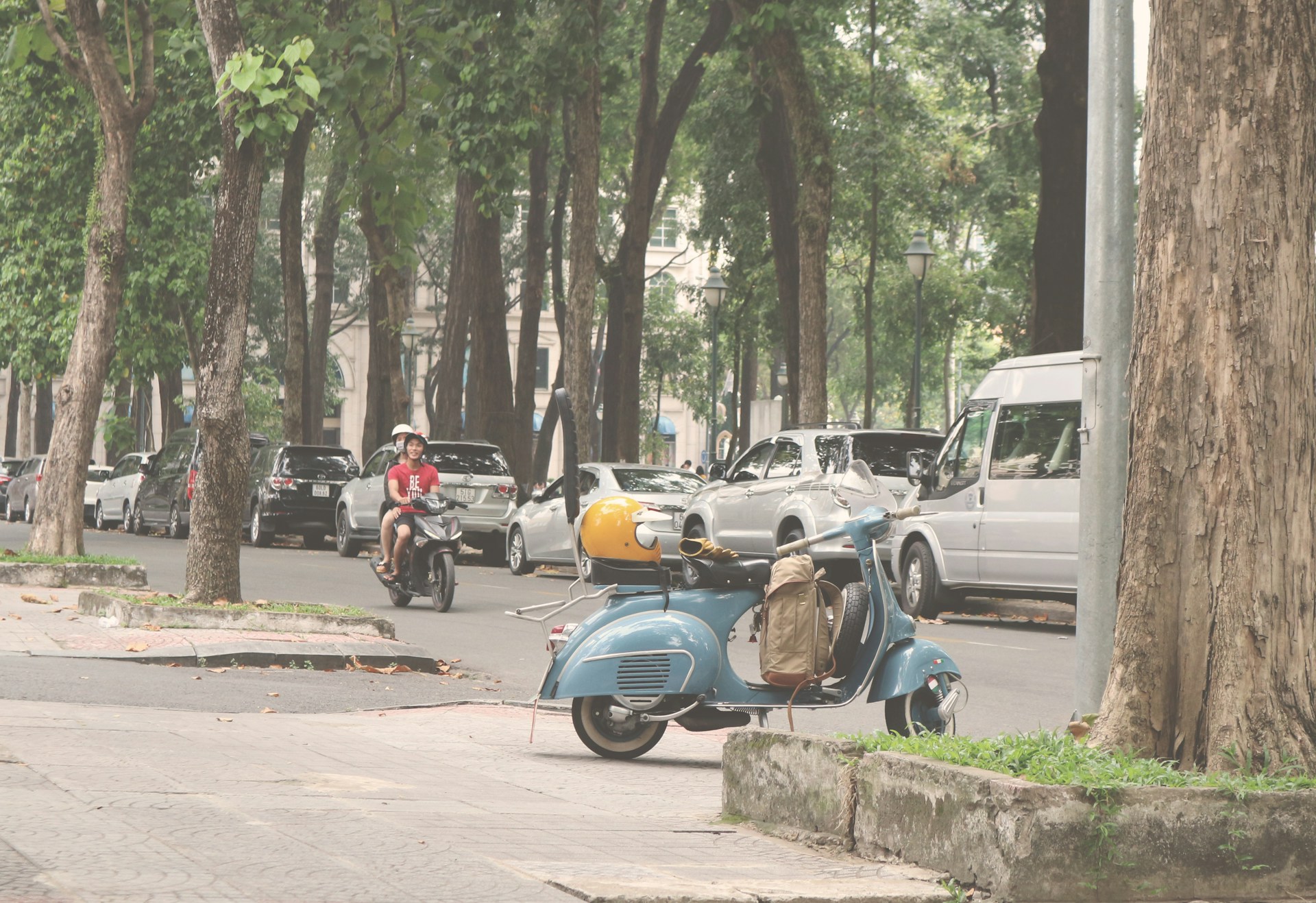
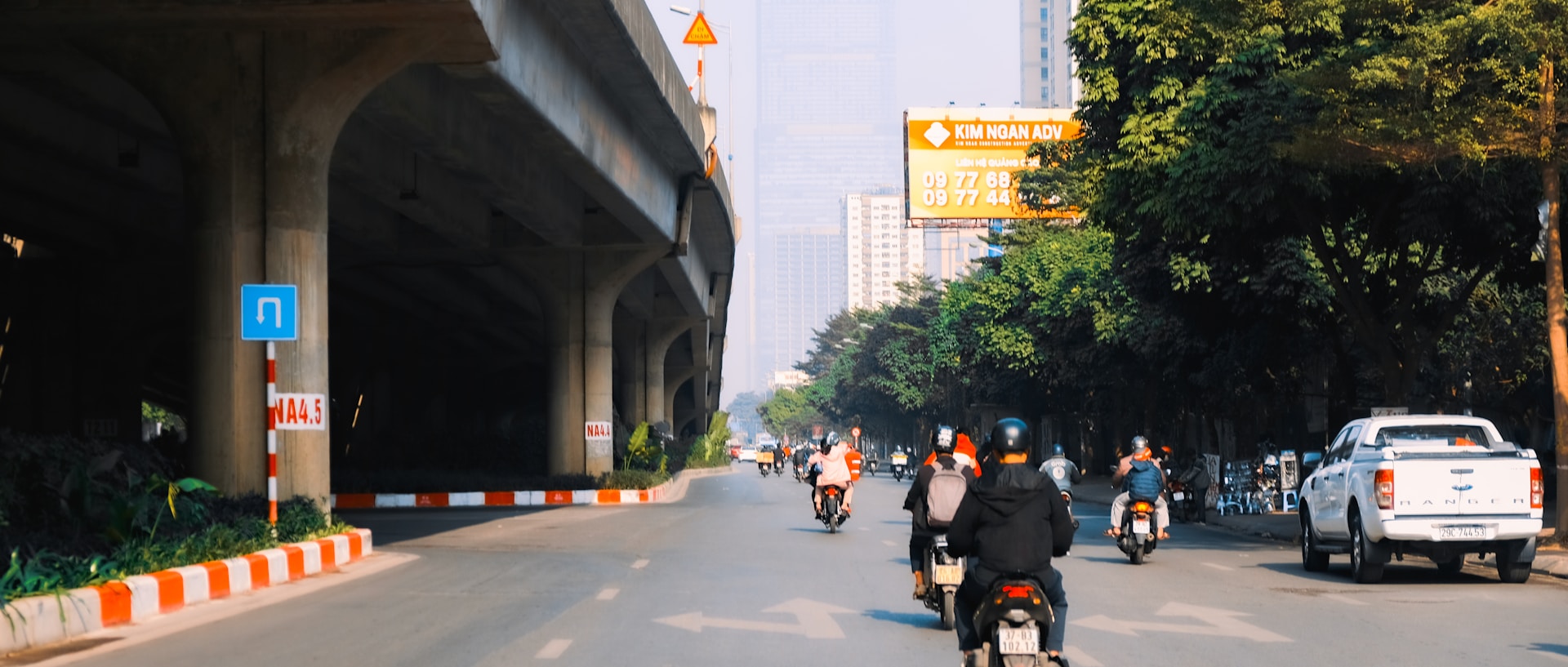
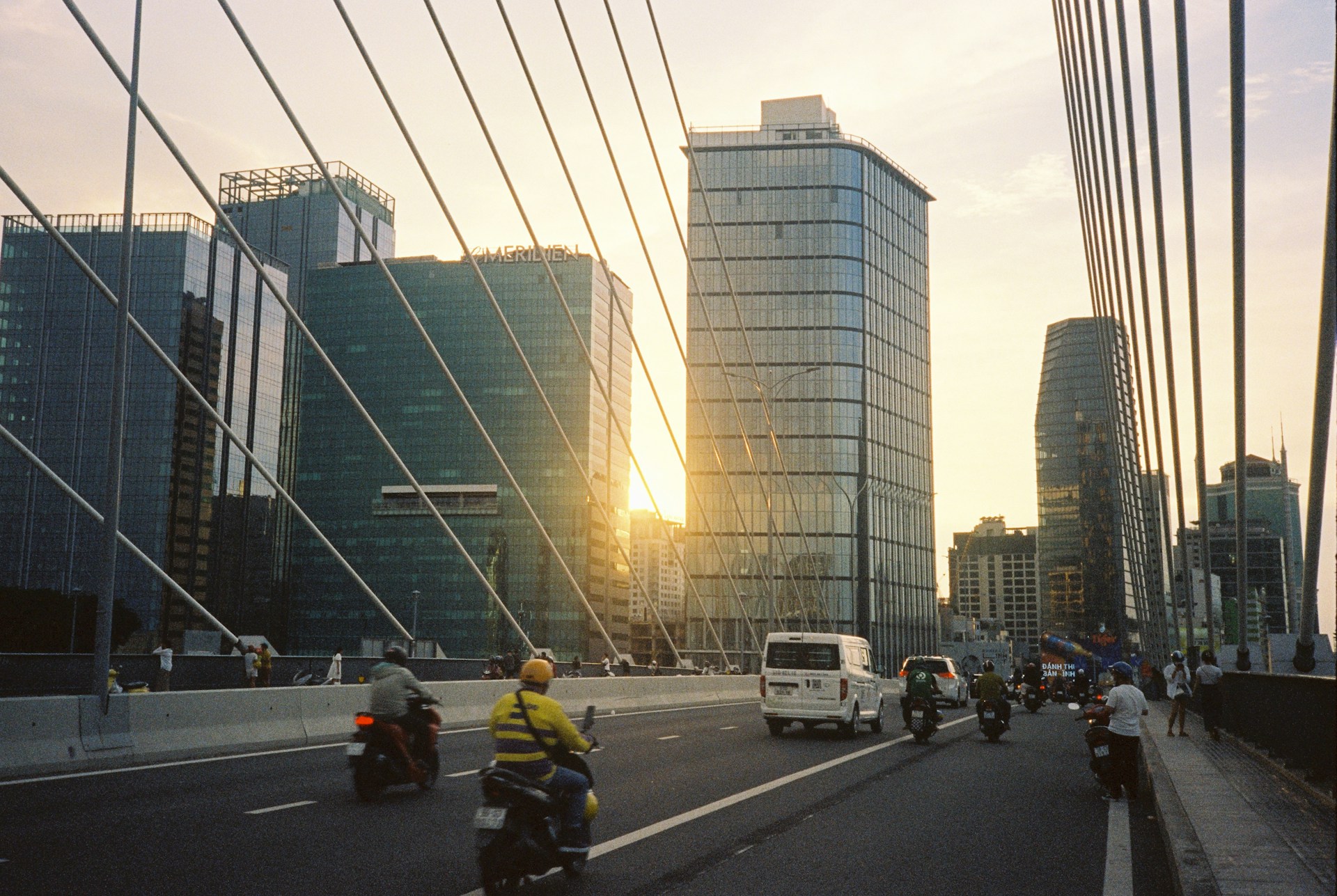
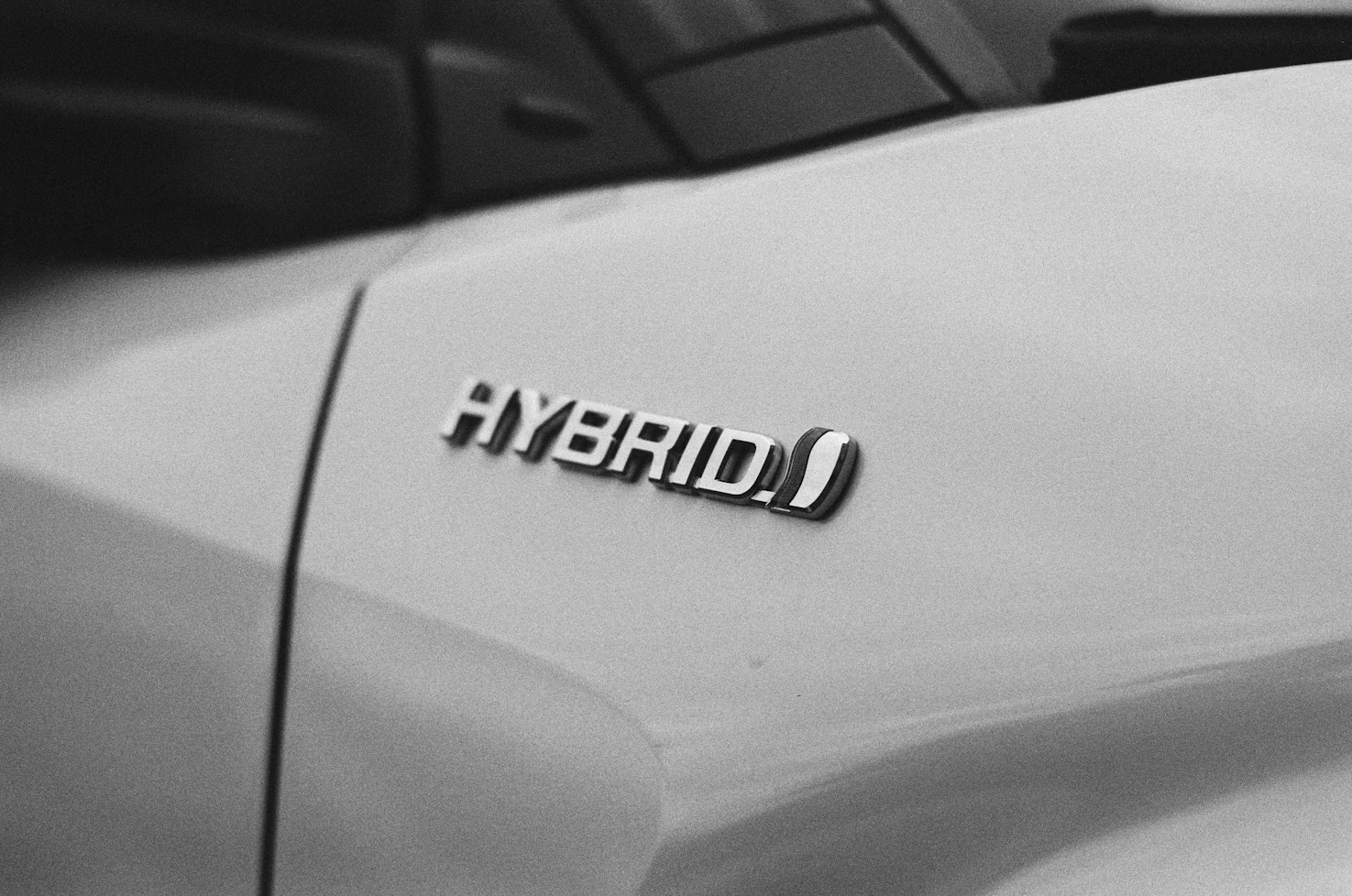

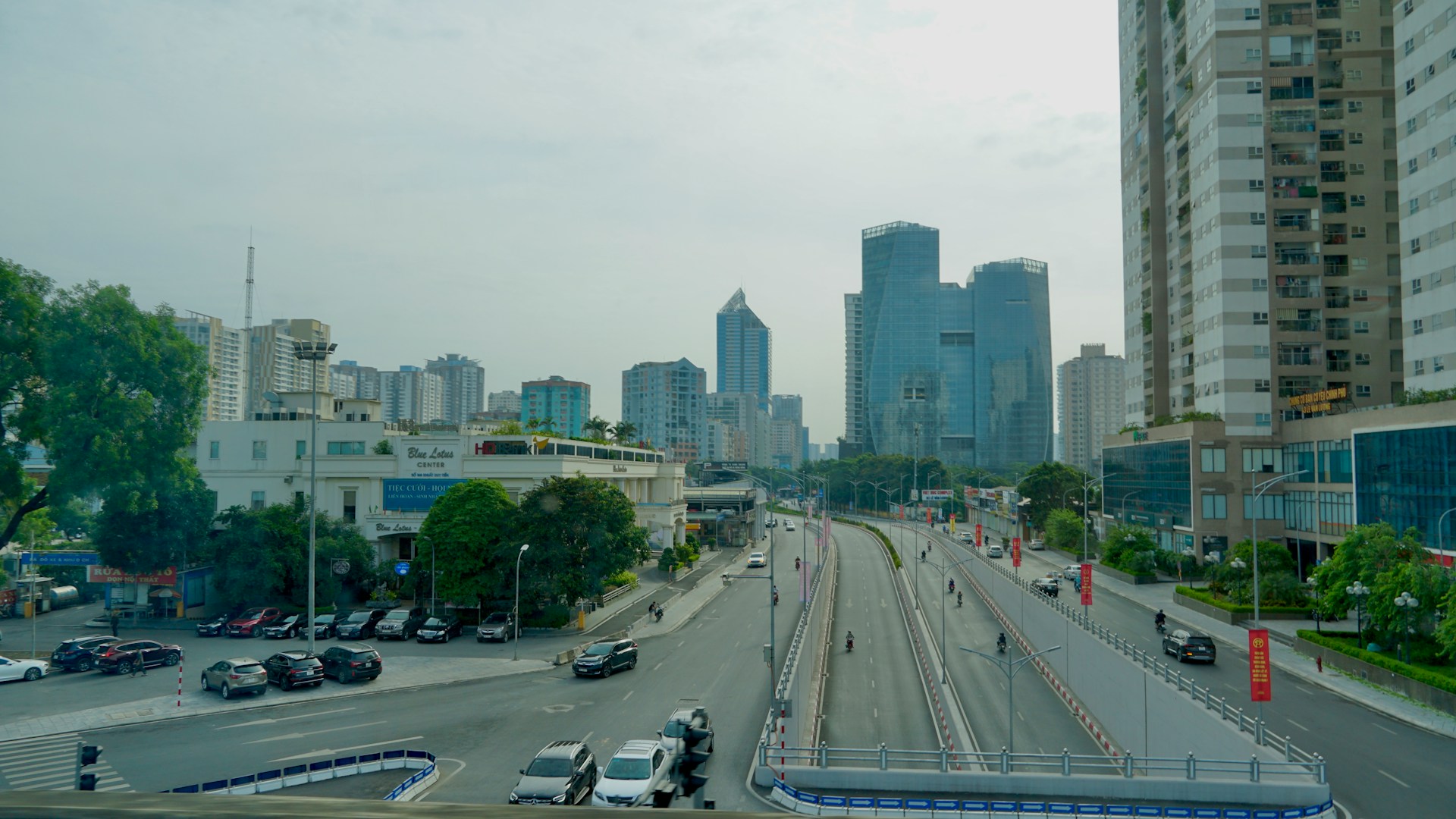
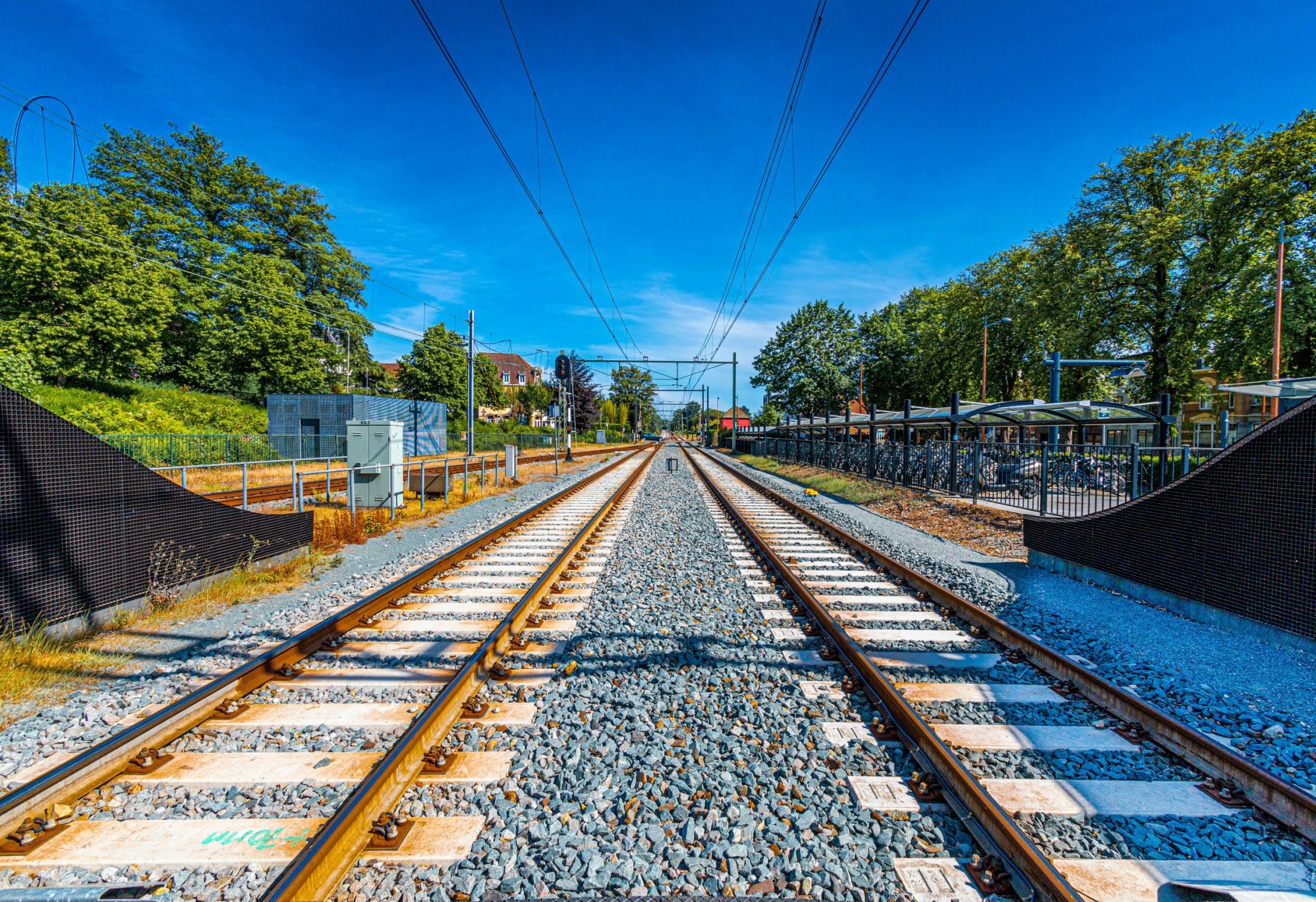


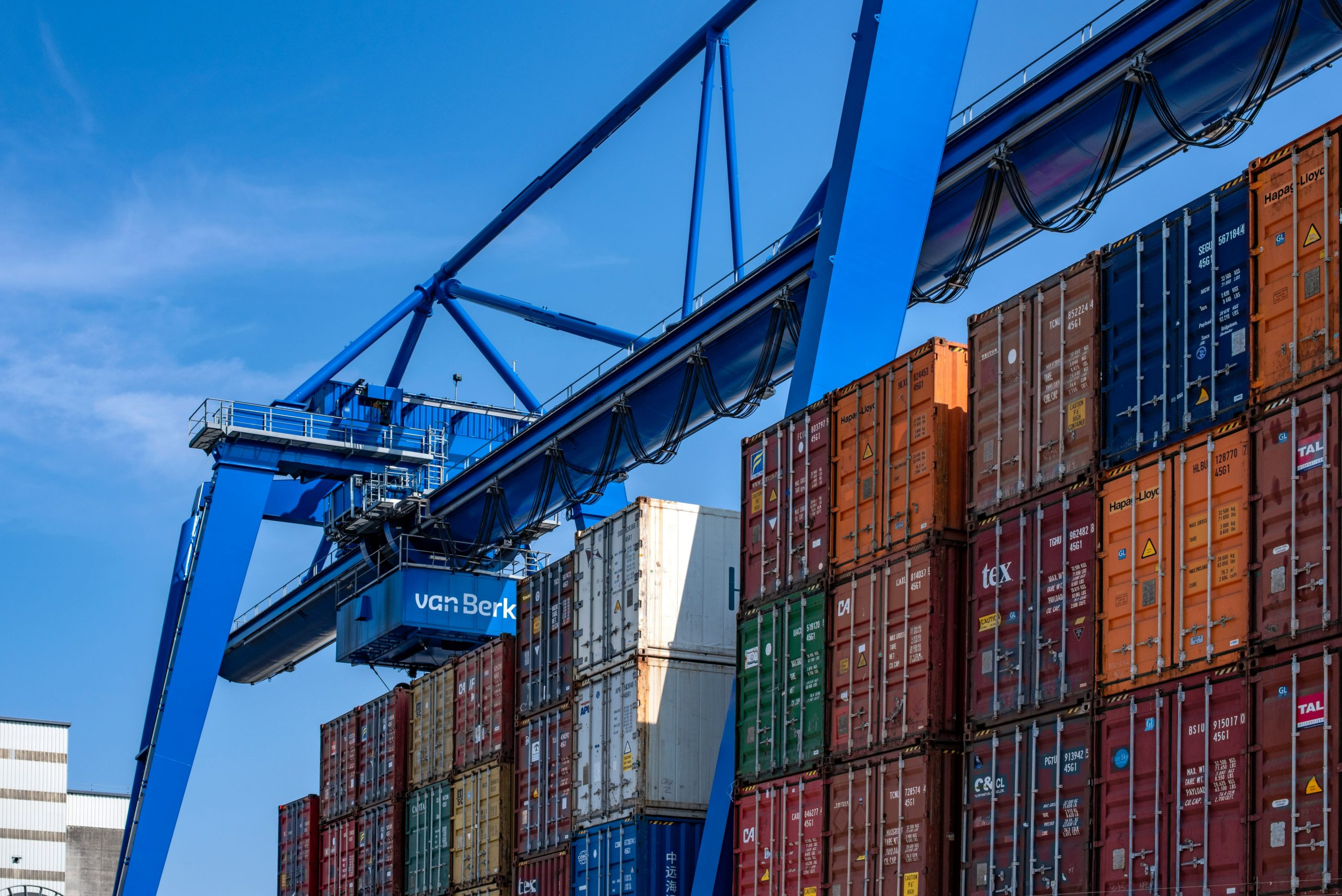
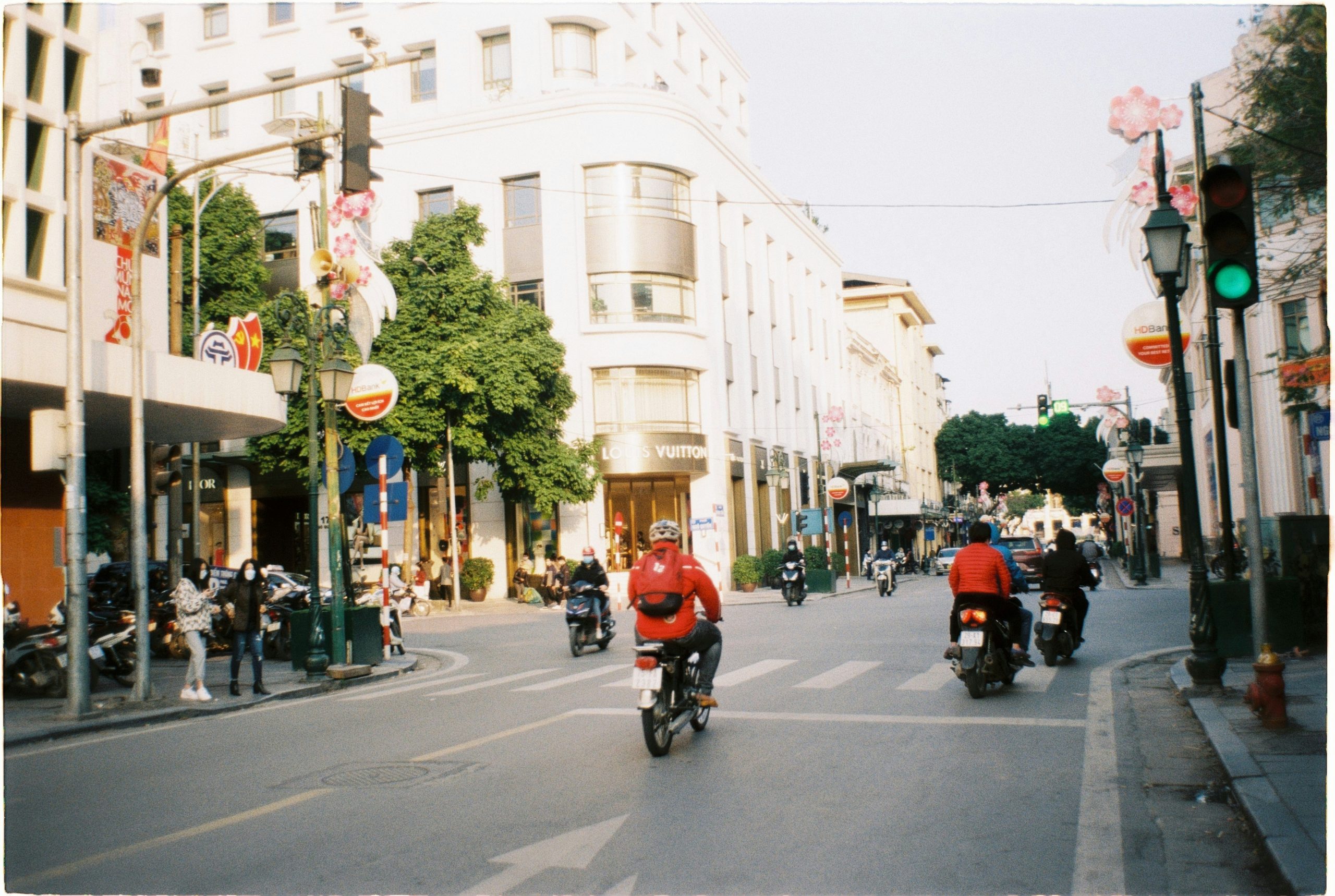
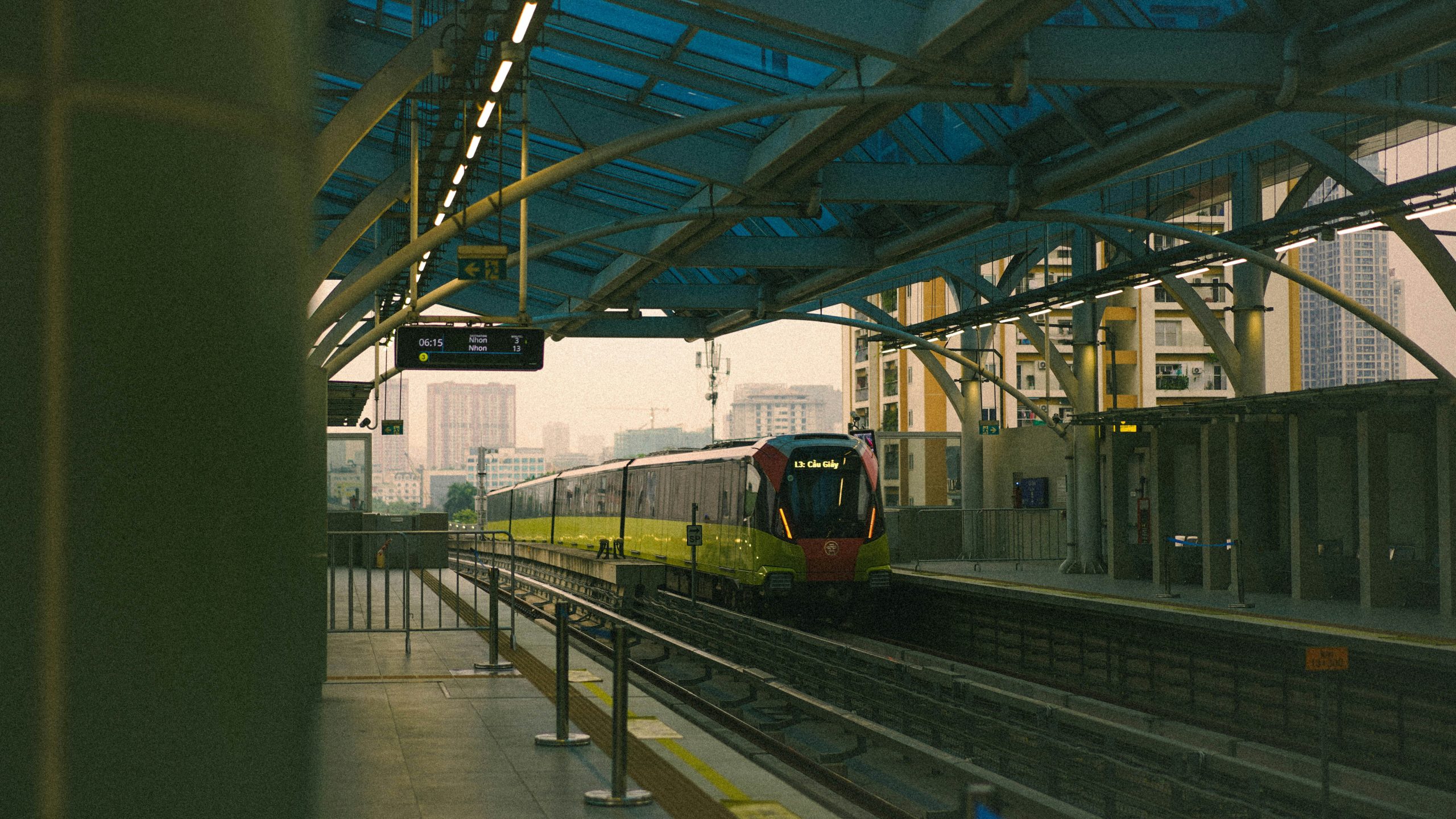
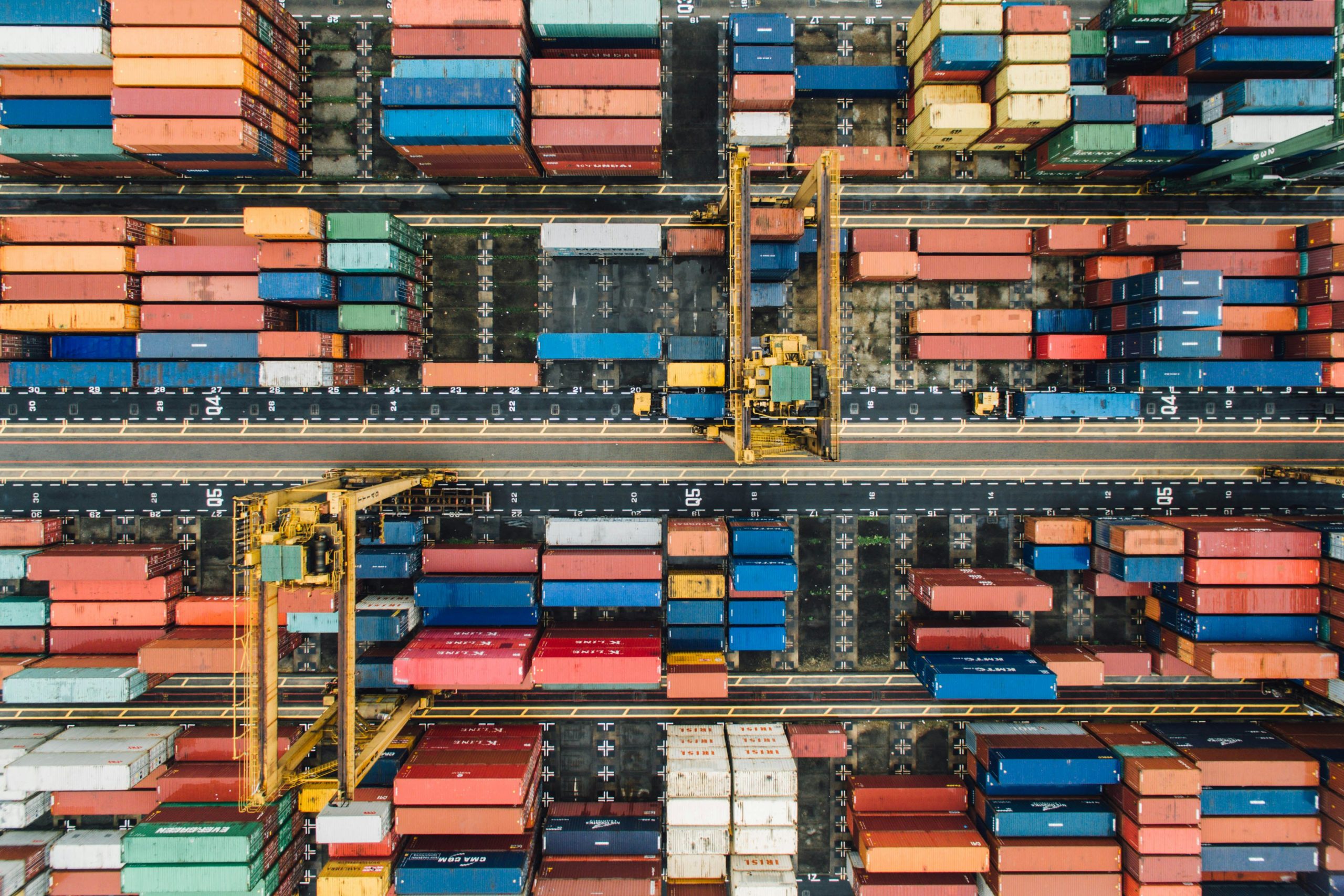
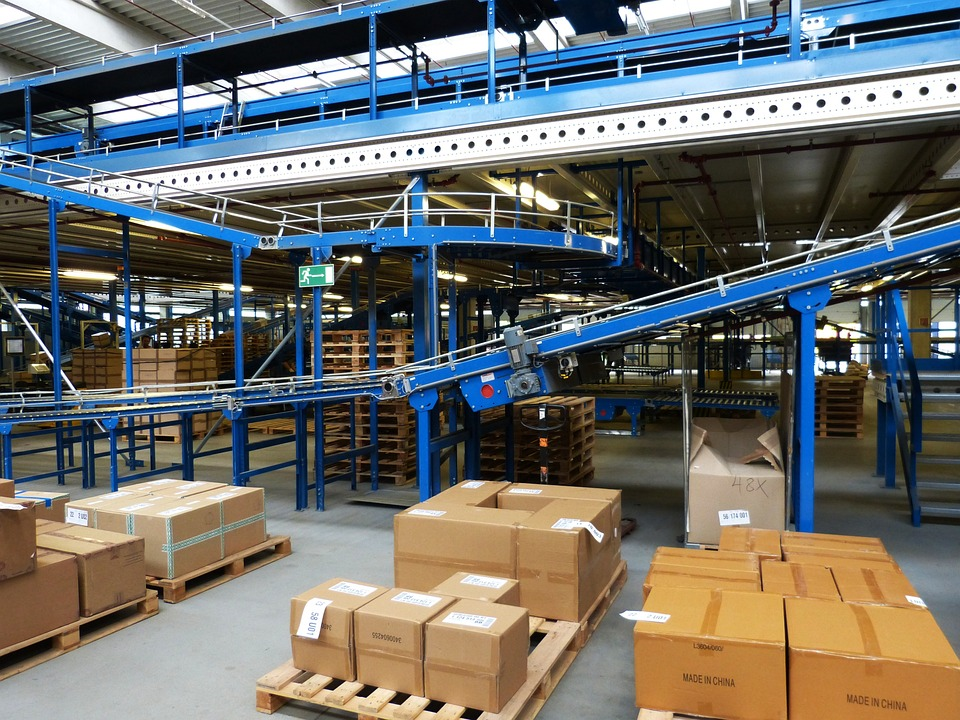


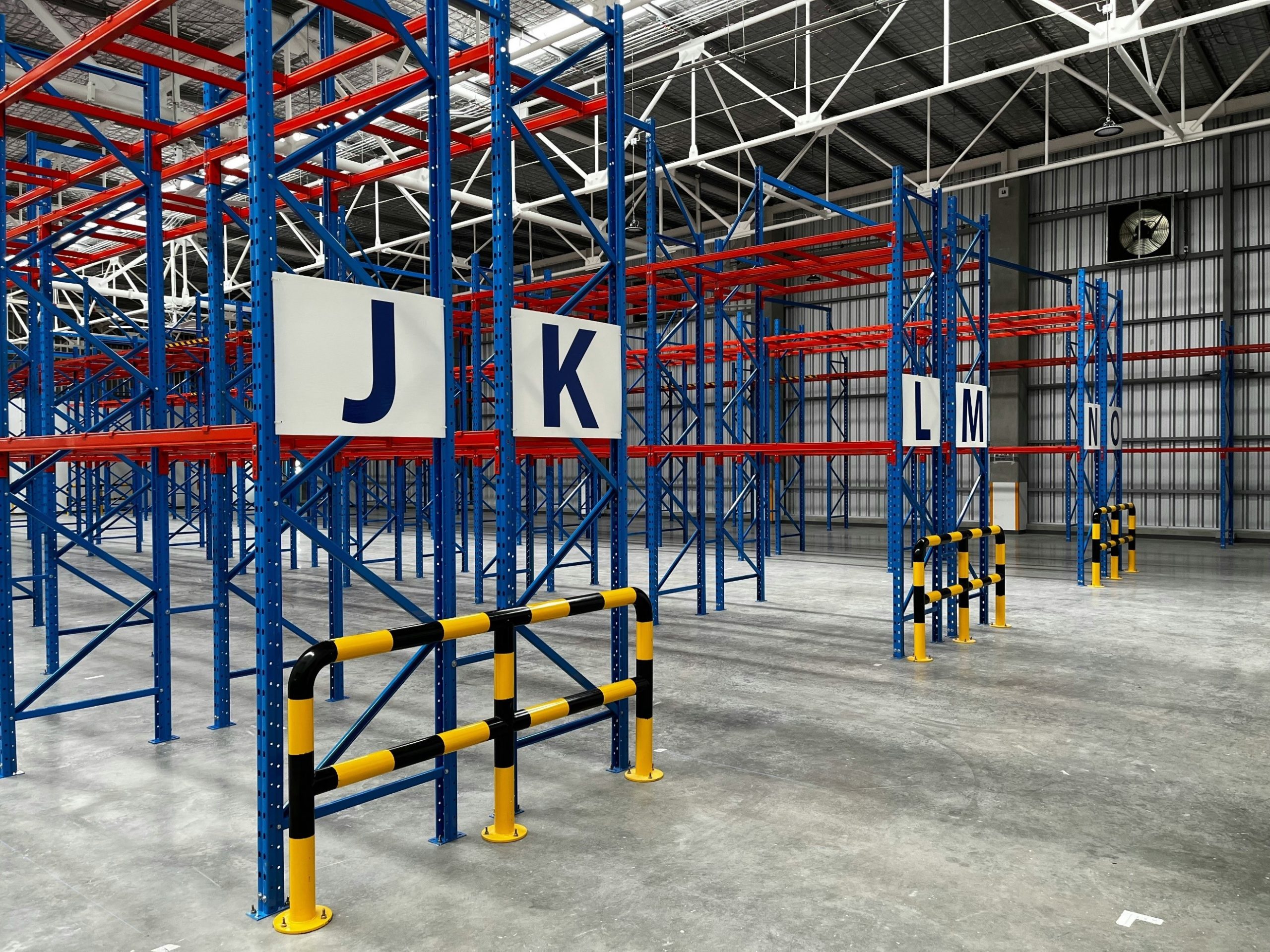
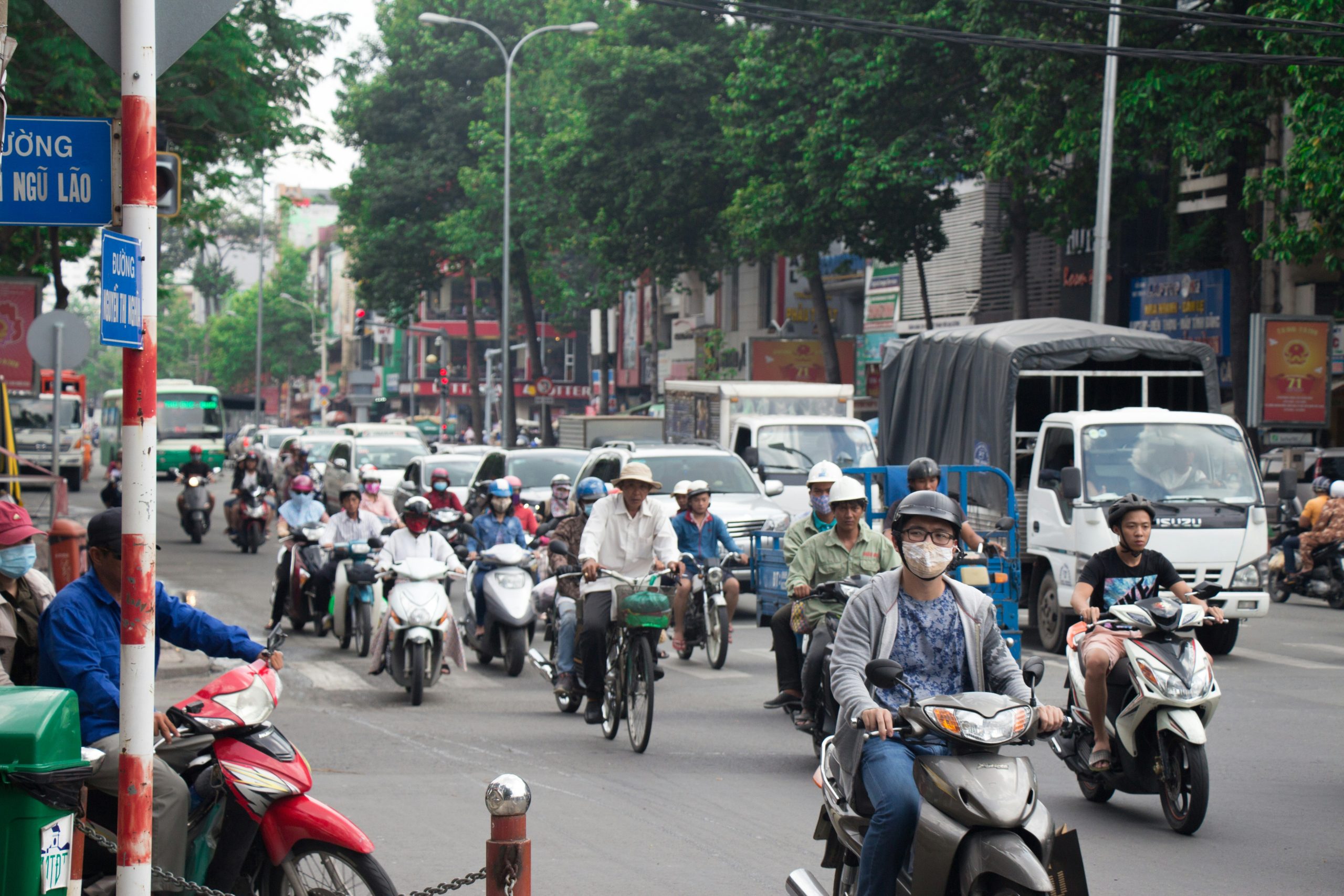
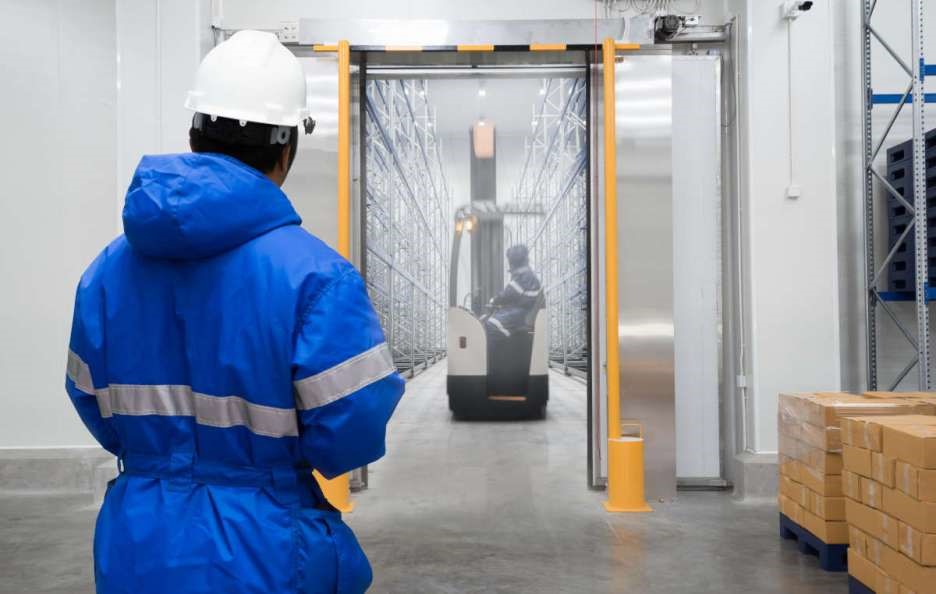


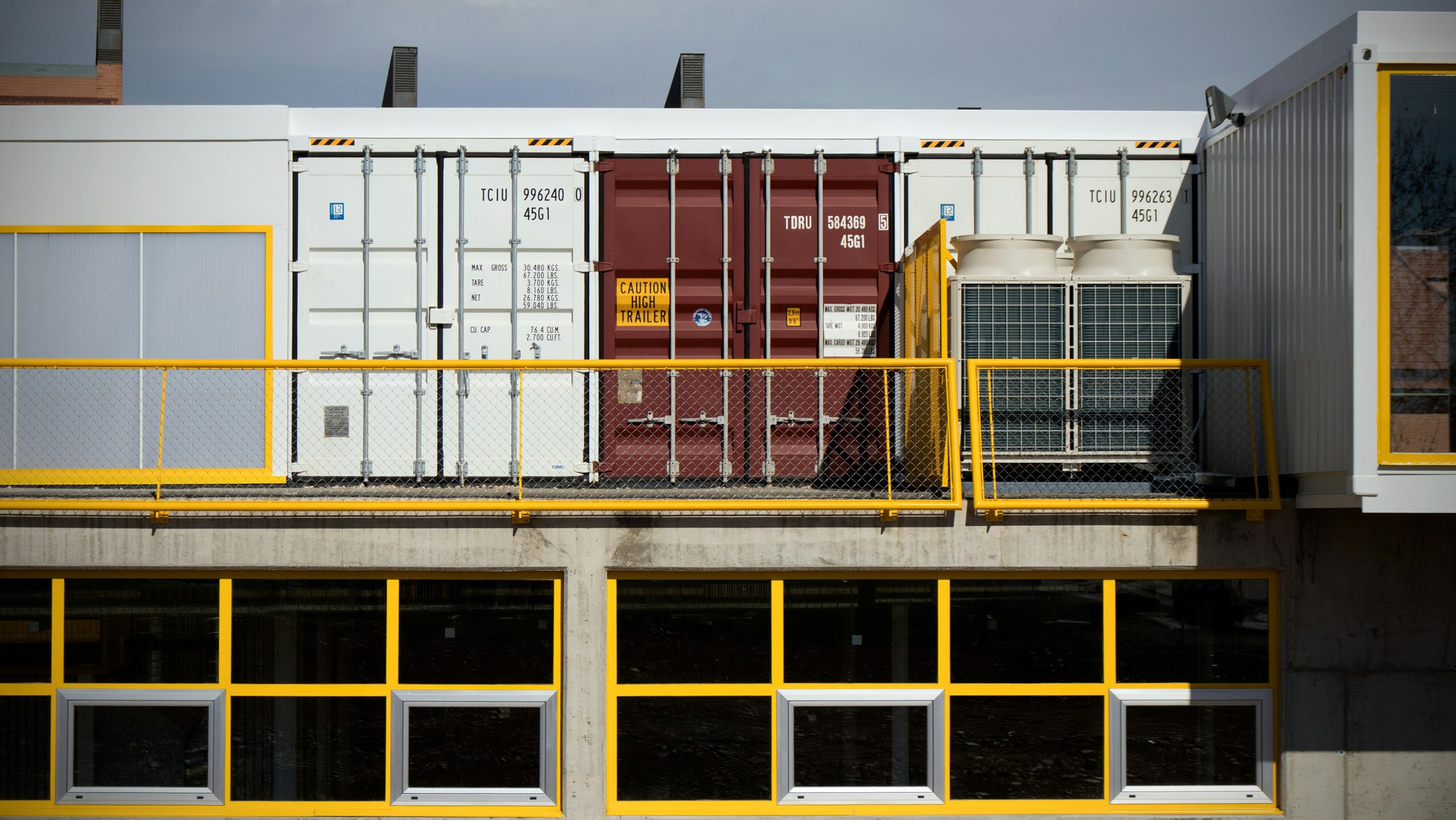
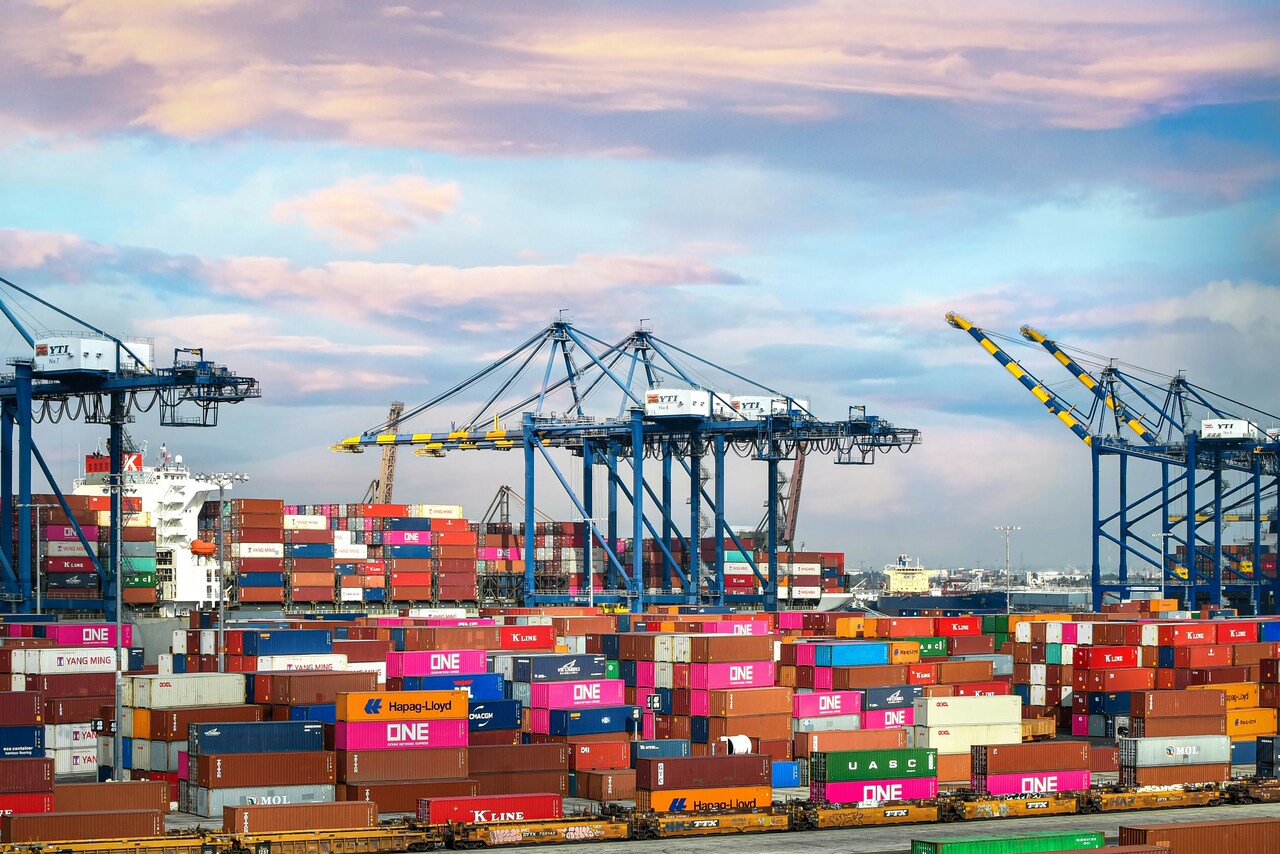
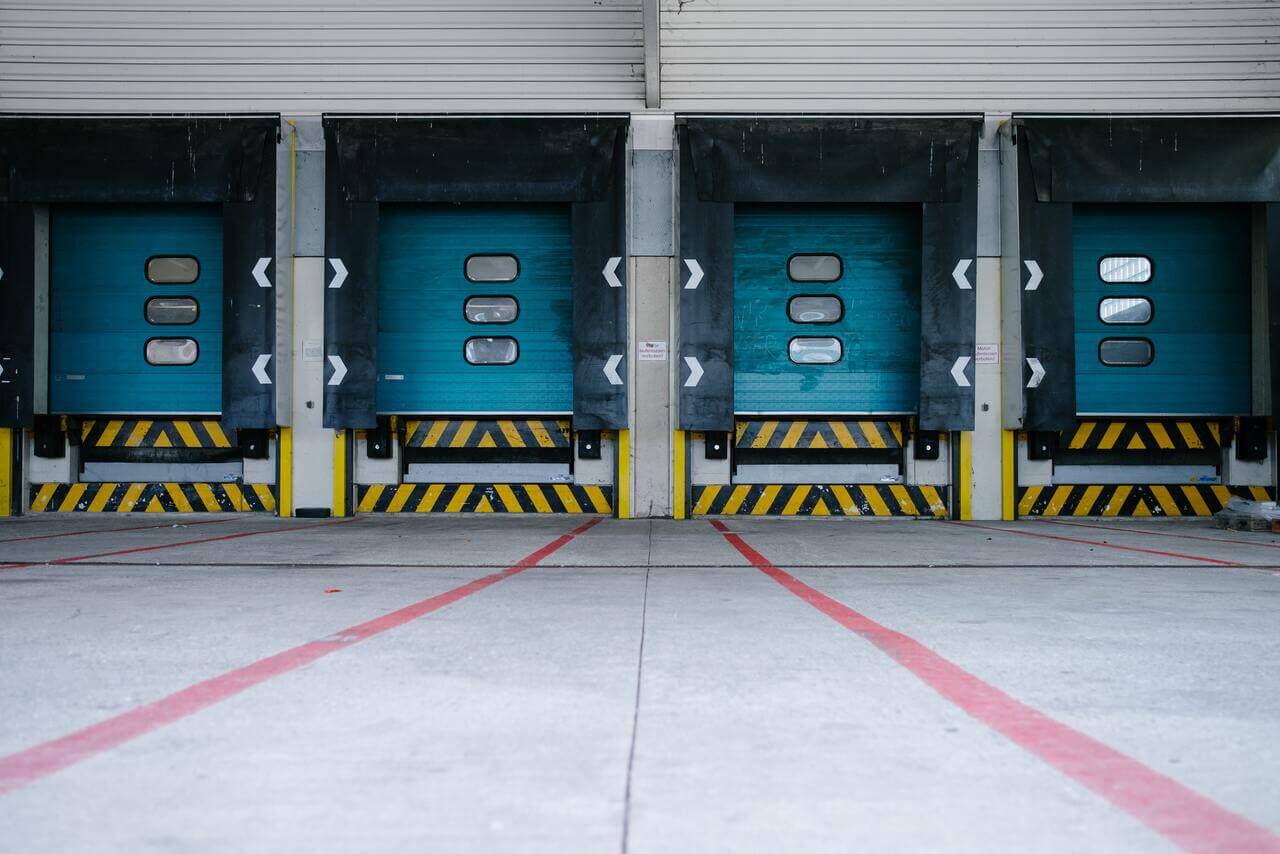

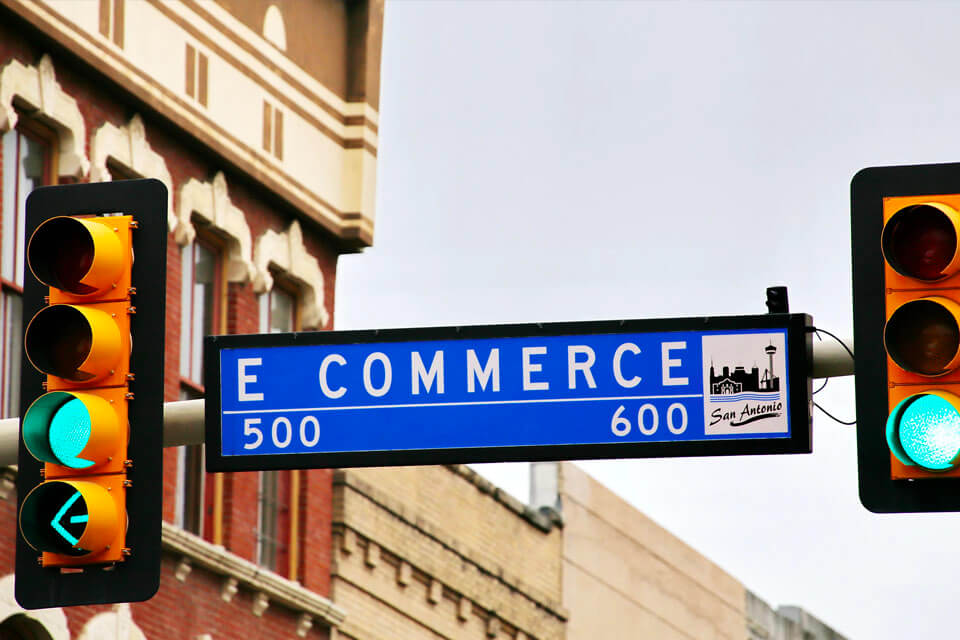
베트남의 지하철 시스템 가이드: 현재와 미래 - talkingvietnam.com